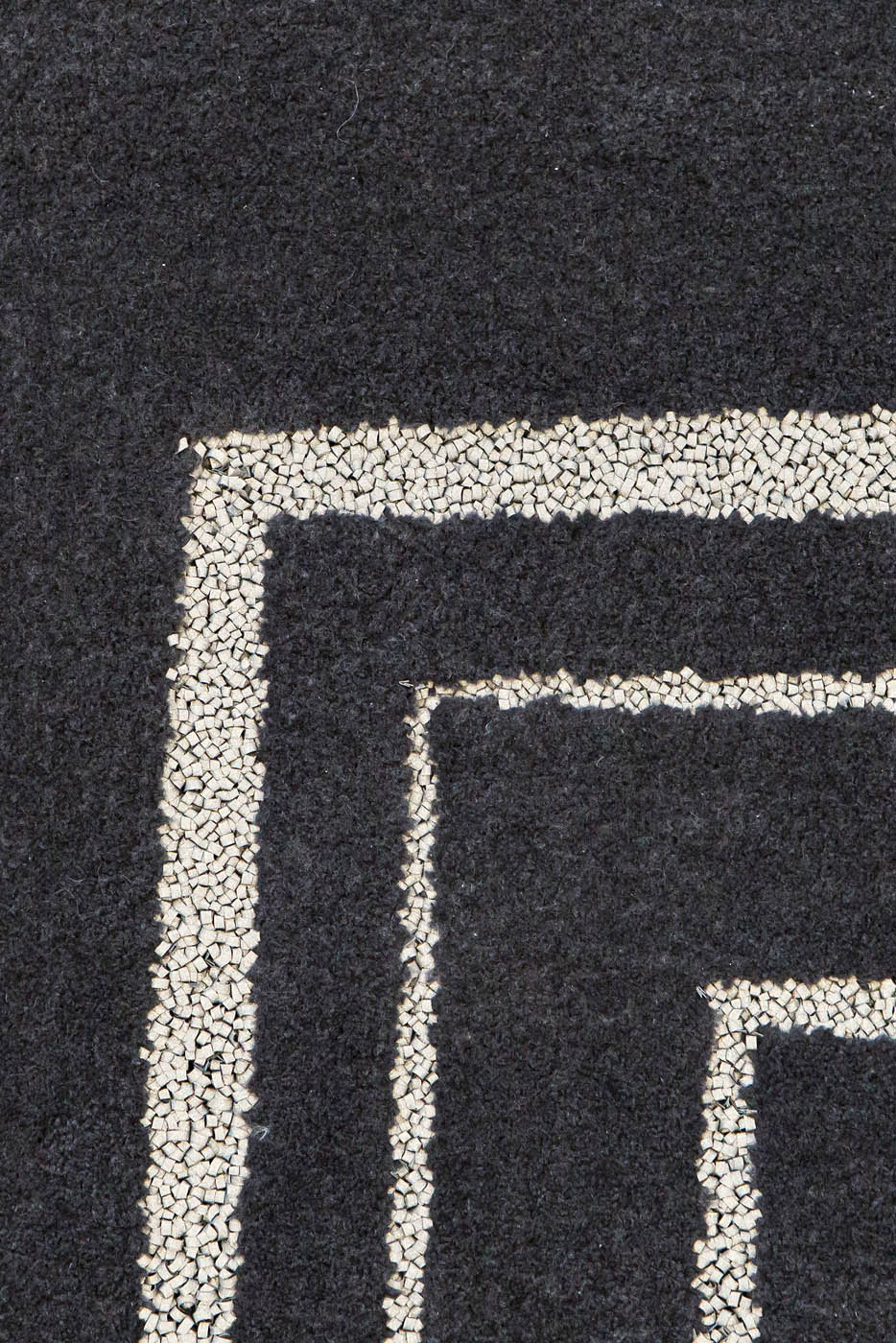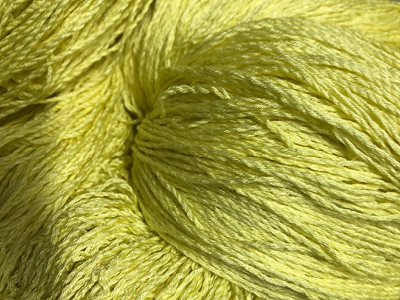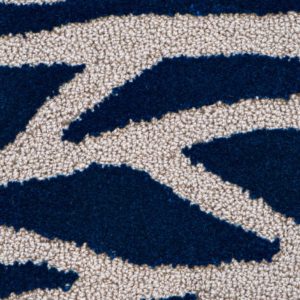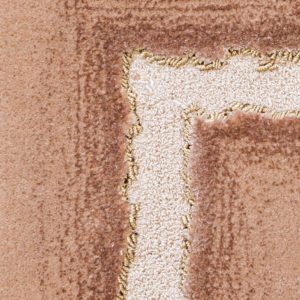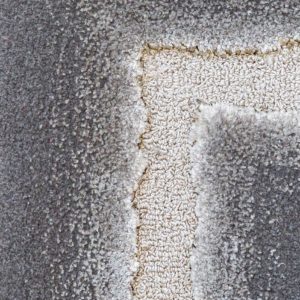Réflexion
1754,00€
by ULRIKA LILJEDAHL
HAUTE COUTURE & PRÊT À PORTER
MATERIALS a choice
TECHNIQUE Hand tufted
SIZE a choice
PRICE ON REQUEST. CONTACT US.描述
bamboo
Bamboo fibre is a recent newcomer in the textile industry. It is made from bamboo paste: part of the bamboo pulp is dissolved to produce a thick liquid called viscose, which is then filtered and extruded through a plate with tiny holes to form continuous threads. Bamboo has a much higher yield than any other natural fibre. The culture of the bamboo plant requires no chemicals and offers a formidable capacity for carbon storage, while producing large quantities of oxygen. In addition to its environmental credentials, bamboo captures moisture and proves very resistant. Finally, it is exceptionally soft and welcoming. In the PINTON Manufacture and PINTON Edition divisions, bamboo has its place in the composition of the rugs to which it lends its unique properties and shine!
Bamboo can be used in loop weave where the continuous thread forms loops on the surface of the rug, or in pile weave where the threads on the surface of the rug are cut. It can also be woven as loop and cut which combines both techniques.
metal threads
A few thousand years before Christ, Roman, Chinese, Persian and Egyptian craftsmen used to cover in gold leaf the threads that they were going to weave for the rich and powerful. Later, weavers used gold and silver threads to embellish tapestries woven out of wool or silk. These threads were difficult to work and extended production times. They required particular skills, passed from generation to generation. From the XVIIth century onward, new techniques made it possible to create very fine metal threads able to go through fabric. Today, the metals used with textile fibres are silver, gold and copper, but also aluminium, iron or stainless steel, and come in every colour. In PINTON’s Couture collection, these fabulous threads are inserted alongside traditional wool or silk yarns, to create poetic and graphic pieces imagined in partnership with contemporary artists and designers.
silk
Silk is a natural animal fibre derived from the cocoon spun by the caterpillar of the bombyx mori (worm of the mulberry tree), unsurprisingly called the “silkworm”. Invented in China in the IIIrd millennium before Christ, silk wasn’t produced in Europe, mainly in Italy, before the end of the Middle Ages. And it’s only under the reign of Henri IV that silk production developed in France with the planting of 4 million mulberry trees in the Ardèche, Dauphiné and Cévennes areas. Silk threads are very strong and quality weaving makes silk very resistant. It gives a particular shine to the woven pieces and combines easily with other materials such as wool or bamboo. In its Couture collection PINTON offers 100% silk rugs, incredibly soft. In tapestries silk is most often used in complement of one or more other materials like wool or even cotton.
Ulrika
Liljedahl
Ulrika Liljedahl est une artiste suédoise. Elle vit et travaille à Paris. Elle collabore régulièrement avec la haute couture et le prêt à porter de luxe pour des marques comme Christian Lacroix, Alexander McQueen (Givenchy), John Galliano (Dior), Jean-Paul Gaultier, Yves Saint Laurent, Louis Vuitton ou encore Marc Jacobs. Pour eux, Ulrika Liljedahl développe des matières et des textiles originaux. Certaines de ses pièces ont été exposées dans divers musées à travers le monde comme le Metropolitan Museum of Art à New York, le Musée Bunkamura à Tokyo, le Musée Galliera et le Musée de la Mode à Paris. D’autres ont rejoint des collections importantes notamment celles du Centre National des Arts Plastique ou encore du Musée Galliera.
La collaboration entre Ulrika Liljedahl et PINTON s’inscrit dans le temps. Pour la maison, l’artiste tisse d’œuvres en œuvres un univers mystérieux, organique et poétique à travers des motifs et des associations de matières originales qui attirent l’œil et incitent au toucher.
hand tufted
The hand tufting technique is a process combining centuries-old skills and modern weaving tools. The canvas is perfectly stretched over an upright loom and the craftsperson transfers by hand the future design of the rug with the utmost precision. Threads are inserted manually, one by one, working with a gun on the back of the canvas, following the colours, the drawing and the different tuft heights. PINTON was one of the first manufactories to use the gun tufting technique to produce some of its rugs and carpets and is the only French workshop offering very high quality tufted rugs. With this technique, production times are reduced compared to the knotted stitch weave or point noué. Finally, hand tufting offers a large range of possible depths. Carving is the technique that consists in sculpting the wool and creating textures within the woven rug. Since the early 1990s, PINTON has been specialising in the production of hand tufted rugs for which it also collaborates with famous designers and artists.

